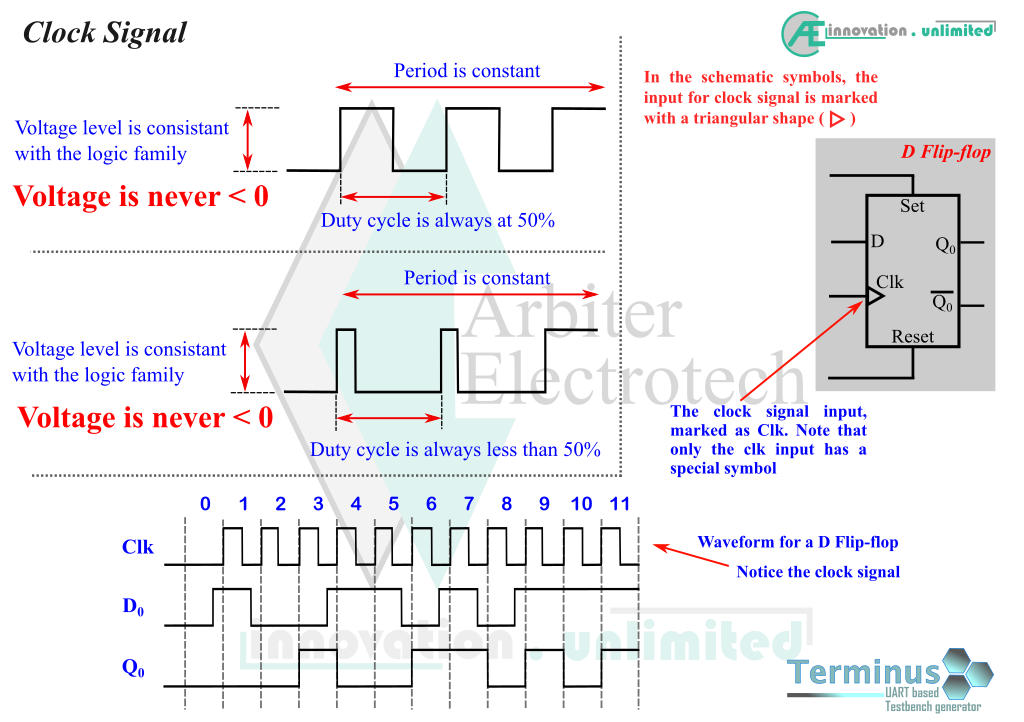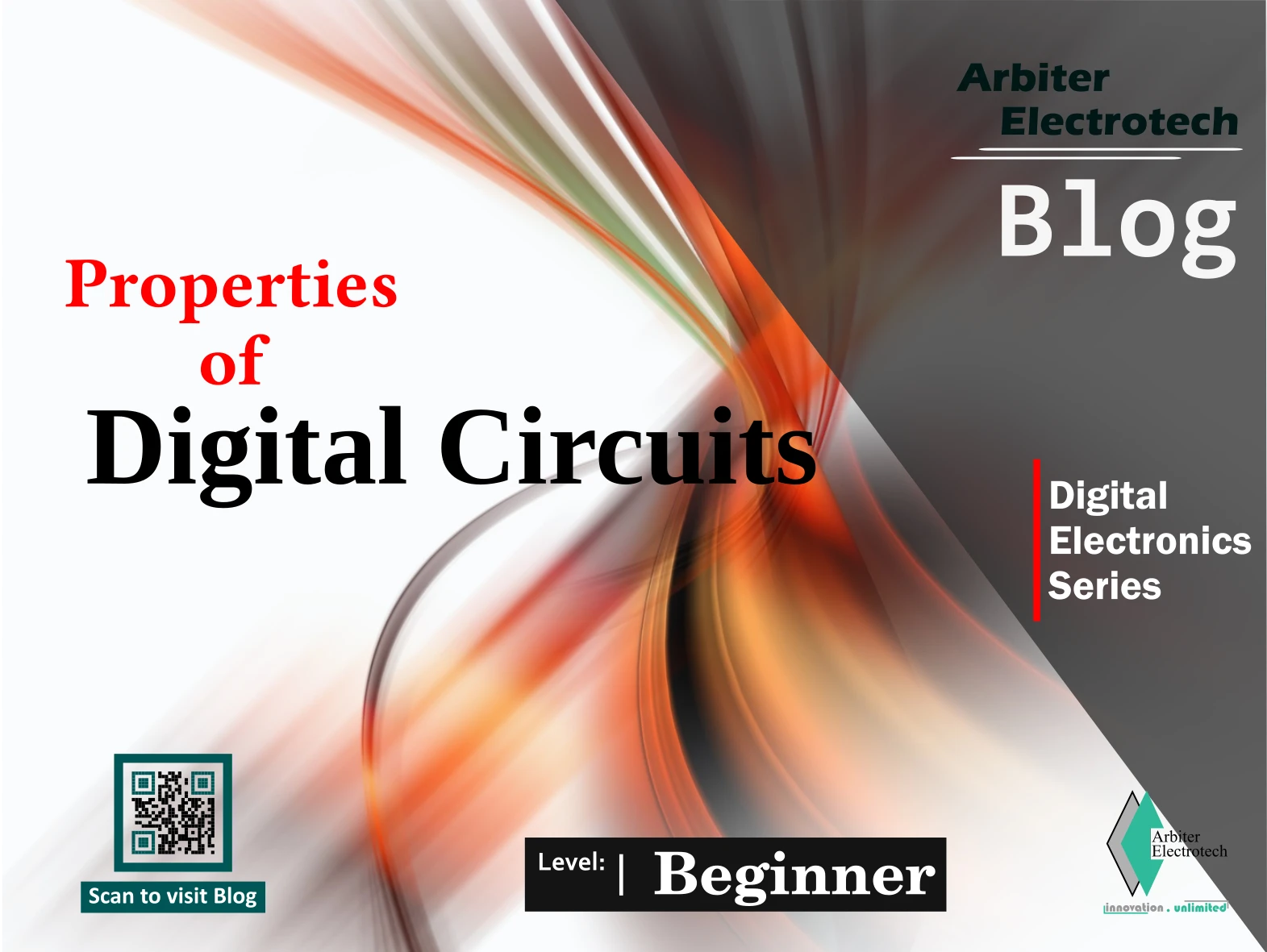H. Rahman2023-07-09T19:50:53+06:00
Types of Digital Logic
All digital circuits and digital components has some inherent properties. This article will explain the most basic properties of digital circuits. We are going to start with types of digital logic. In a broad sense, digital logic can be classified in two different classes.
i. Combination logic
ii. Synchronous logic
Combination logic circuits are logic circuits that don’t require any clock signal to work. Signals are fed in the inputs and the output signal is available after the propagation delay. Best example of combination logic is logic gates.
All synchronous logic circuit needs a clock signal. Signal are fed in to the input but output signal is available only after application of a clock signal. Clock signal is explained below in its own section. Simplest example of synchronous logic is a flip-flop.
Application of combination logic is in general purpose glue logic, data buffers, decoder, multiplexer etc. Every single digital electronic circuits that we have discussed until now, belongs to combination logic.
Largest majority of digital electronics is synchronous logic. Application extends from something as simple as a data converter to complex device such as microcontroller and microprocessor.
Clock Signal
There are digital circuits and components that requires a specific type of signal of specific frequency to work properly. These types of signals are known as Clock Signal. Clock signals have a certain property. All clock signals must be periodic. Literally, Clock signals are rectangular waves of a fixed frequency, following digital voltage levels. Voltage level of clock signal of different family of digital technology will different
There are circuits that requires/uses a clock signal where the clock signal is literally a pulse (refer to the diagram below). The pulse will always have a fixed frequency and fixed duty cycle but duty cycle is less than 50%. In theory, any periodic signal that can be used to operate/trigger a synchronous circuit, is a Clock Signal.
Clock signals are generally written as “Clk”. In timing diagrams, clock signals are generally placed at the very top of the diagram. In synchronous components, there is a dedicated input pin for clock signal input. Input for the clock signal is marked with a triangular arrow shape ( ► ).

Types Of Delay In Digital Circuits
All digital electronics components have some inherent properties. One of these properties is delay. These delays play a very important role during the design phase. For high speed systems, VLSI & PCB design engineers has to deal with these delays. There are three types of delays namely Propagation delay, Setup time and Hold time. These delays are present in both synchronous and combination logic components.
All components of digital electronics has some inherent limitations. One of these limitations is delays. There are several types of delays and violation of any one of them can cripple the entire electronic system
The delays associated with any digital electronic components are
i. Setup time
ii. Hold time
iii. Propagation delay
The delays presented here are due to the limitations of silicon fabrication and manufacturing technology
Setup time – Minimum amount of time before which the data must be applied on the Data input before applying the Clock (CLK) signal
After the signal arrives at the input, it has to be kept there for some time before the digital device can accept the clock signal
Hold time – Minimum amount of time for which the data must be applied on the Data input after applying the Clock (CLK) signal
The clock signal must be applied for a specific period of time before the digital device sees the clock signal
Propagation delay – Time that is needed to propagate the change in state of the input to the output
A small amount of time is needed to process the input signal before sending out the processed signal


Leave a Reply